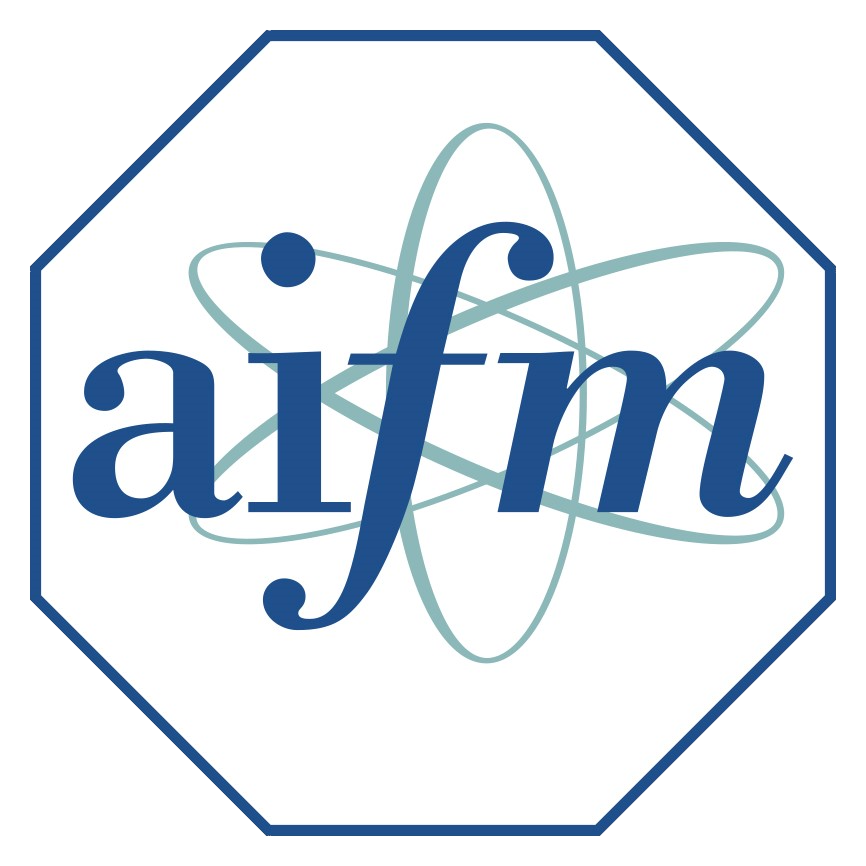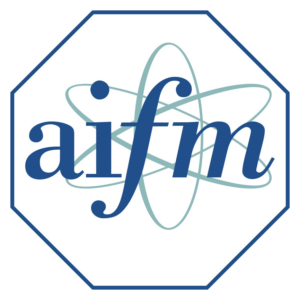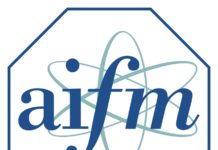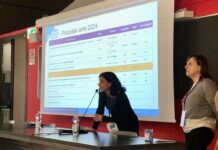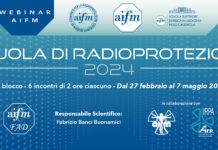The Council Directive 2013/59/EURATOM of 5 December 2013 laying down basic safety standards for protection against the dangers arising from exposure to ionising radiation states a new dose limit for the eye lens, with a reduction from 150 to 20 mSv per year (average over 5 years, with no single year exceeding 50 mSv), that is to say 7.5 times lower than it was. The member states had 4 years (deadline February 2018) to implement the Directive into their legislation.
The lowered dose limit raised a lot of issues, concerning the need for a dedicated eye lens dose monitoring, the choice of monitoring programme and the workers needing it, etc. Consequently, research studies and monitoring surveys were performed in the recent years, and in some member states new regulations and associated guidance were developed according to the new directive
The medical field is without a doubt the most affected, in particular interventional radiology and cardiology, thus input is needed from surgeons who now find themselves wearing another dosemeter.
Dosimetric services are also stakeholders, not only in terms of dosimeter supply but also for other organizational issues, including dose recording and record keeping, dose reporting, etc.
The course will give an overview regarding the scientific background for the changes in legislation, the current status of regulations and guidance, what is currently available to support radiation protection of the lens and the questions that at yet remain to be fully answered.
All lectures will be given by internationally well-known scientists who are involved in the field. Participants will receive a certificate of attendance.
